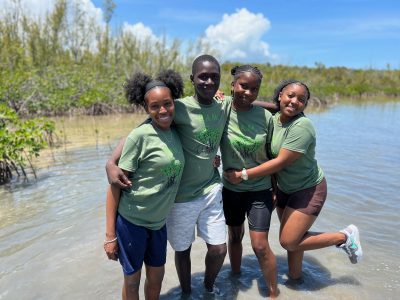
In Awe of J.A.M.I.N
Today’s guest blog comes from Sandra Turner, who works to promote the equitable advancement of climate literacy and ocean conservation. The Geography of Awe is the name of her latest National Geographic Society grant project, where she integrates her fieldwork









